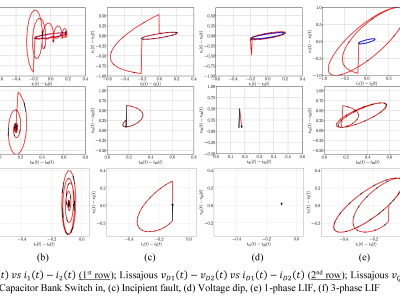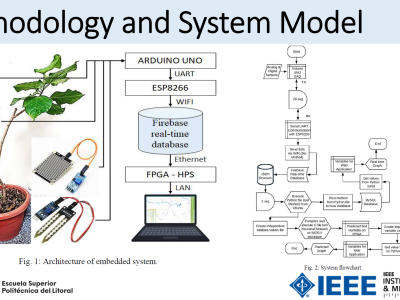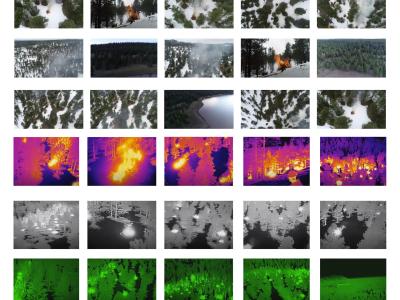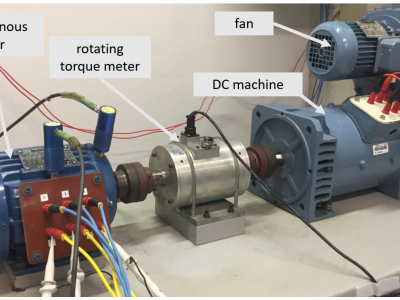EMT Simulation results of Synchronized Lissajous D, Q, and synchronized Lissajous dv vs di (Classification Purposes)

- Citation Author(s):
- Submitted by:
- Firas Sidqi
- Last updated:
- DOI:
- 10.21227/cz3b-cq69
- Data Format:
Abstract
This dataset supports the research paper "Synchronized Waveform Monitoring Unit Application: Lissajous DQ Curve to Improve Situational Awareness in Power Distribution Networks". It contains electromagnetic transient (EMT) simulation results from the IEEE 33-bus distribution system, including:
- 36,000 training samples (6,000 per class across 6 event categories)
- 18,000 validation samples (3,000 per class)
- Pre-trained LSTM models for event classification
The dataset enables reproduction of the novel synchronized Lissajous DQ curve method, which compresses three-phase power quality events into single plots using Park Transform. Data is provided in both CSV (individual samples) and NPY (compiled arrays) formats, with dimensions (samples, timesteps, features) for direct machine learning applications. The accompanying pre-trained models demonstrate 100% classification accuracy while reducing computational requirements by 43-44% compared to conventional methods.
This comprehensive dataset supports research in:
- Power quality event detection
- Waveform data compression
- Time-domain analysis of synchronized measurements
- Machine learning applications in power systems
Instructions:
Instructions for Use
Dataset Structure
- Training Data (6000 samples/class)
csv/: Individual EMT simulation results (36,000 CSV files)npy/: Compiled arrays for machine learning (4 NPY files, shape: 36000×503×Z)
- Validation Data (3000 samples/class)
- Identical structure to training data (18,000 CSV files)
- Pre-trained Models
- 20 optimized LSTM models per method (
.pthfiles) - Naming convention:
{num_of_epochs}_{learning_rate}_{hidden_layers}_{accuracy}.pth
- 20 optimized LSTM models per method (
Important Note
Before running any scripts: Update all file paths in the Jupyter notebooks to match your local directory structure.
Processing Workflow
- Data Generation: 10-cycle EMT simulations (0.2s at 50Hz) of 6 event types:
- High impedance faults
- Capacitor switching
- Incipient faults
- Voltage dips
- 1-phase faults
- 3-phase faults
- Data Preparation: Use
PrepareData.ipynbto:- Convert CSV to NPY format
- Separate by analysis method (VI, D, Q, Z components)
- Model Training: LSTM.ipynb includes:
- 32-unit hidden dimension
- Batch size 32
- Adam optimization
- Hyperparameter search (epochs, learning rate)
- Model Validation:
- Use
LoadnTestModel.ipynbto evaluate performance on validation data - Loads pre-trained models from
Trained_model/ - Tests against Folder 2 NPY files
- Generates classification metrics and timing results
- Use
Recommended Usage
For waveform analysis: Use CSV files with timestep metadata
For machine learning: Load NPY arrays directly
For classification: Load pre-trained models from
LissajousD/orLissajousQ/- For model validation:
- Select optimal
.pthfile fromTrained_model/subfolders - Modify
LoadnTestModel.ipynbpaths to point to:- Validation data (Folder 2 NPY files)
- Selected model file
- Select optimal
 182 views
182 views







